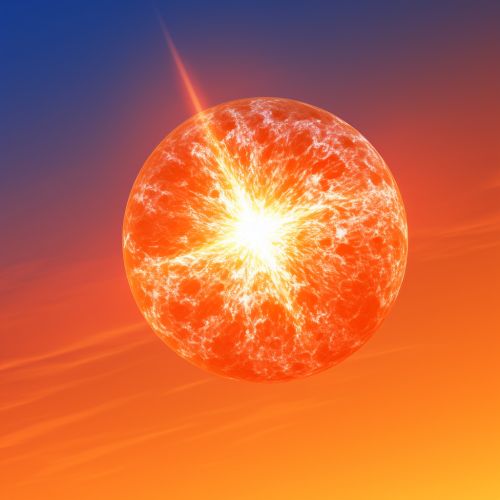UV-B
Introduction
UV-B radiation is a portion of the ultraviolet spectrum that is present in sunlight and has wavelengths between 280 and 315 nanometers. It is a type of non-ionizing radiation that is capable of causing chemical reactions and damaging structures within tissue, such as DNA.
Characteristics of UV-B Radiation
UV-B radiation is characterized by its wavelength, energy, and effects on living organisms. It has a shorter wavelength and higher energy than UV-A radiation but is less energetic and has a longer wavelength than UV-C radiation. The energy of UV-B radiation allows it to cause damage to the DNA in skin cells, which can lead to skin cancer and other health problems.


Sources of UV-B Radiation
The primary source of UV-B radiation is the sun. However, it can also be produced artificially using special lamps and lasers. The amount of UV-B radiation from the sun that reaches the Earth's surface varies with time of day, season, latitude, altitude, and atmospheric conditions.
Effects on the Environment
UV-B radiation plays a significant role in the environment. It is responsible for the formation of ozone in the Earth's atmosphere, which absorbs most of the sun's harmful UV-B radiation. However, increased levels of UV-B radiation due to ozone depletion can have harmful effects on the environment, including damage to aquatic ecosystems and reduced crop yields.
Biological Effects
UV-B radiation can have both harmful and beneficial effects on living organisms. It can cause skin cancer and cataracts in humans, harm animals, especially those that live in or near water, and damage plants. However, it also plays a key role in the production of vitamin D in the skin.
Protection against UV-B Radiation
There are several ways to protect against the harmful effects of UV-B radiation. These include wearing protective clothing and sunglasses, using sunscreen, and limiting sun exposure during peak UV-B hours. It is also important to be aware of the UV Index, which provides a forecast of the expected risk of overexposure to UV radiation.
